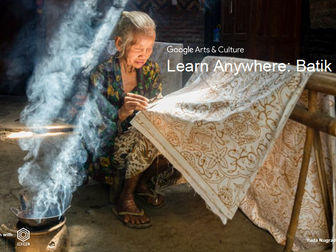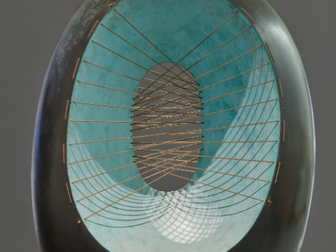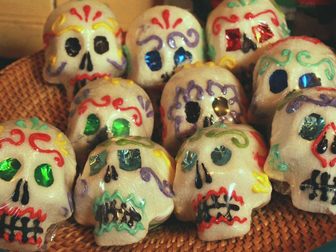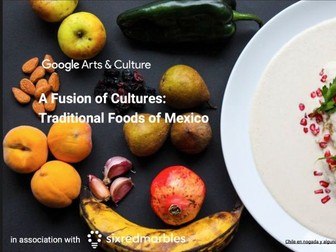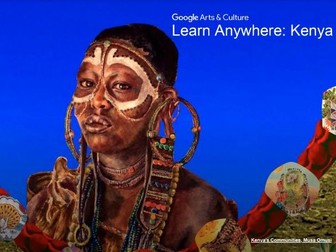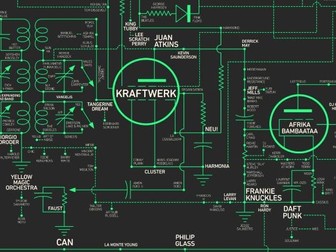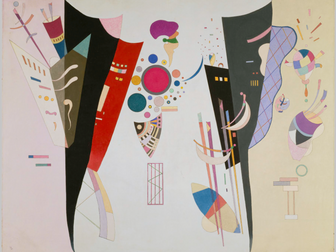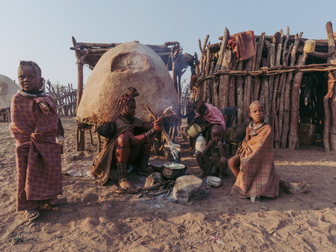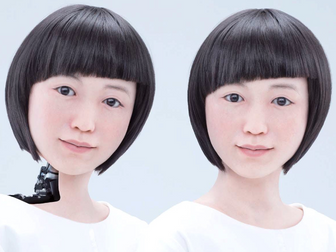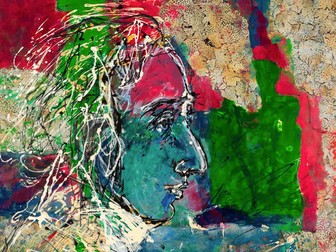Batik: Learn Anywhere #googlearts
<p>This lesson plan takes students on a journey to:</p>
<ul>
<li>discover the mysteries and importance of batik. What is it? Who creates it?</li>
<li>hunt for facts and make discoveries about this ancient living art form.</li>
<li>discover practical skills and techniques.</li>
<li>create your own designs.</li>
<li>solve puzzles and answer quizzes to learn more about batik.</li>
</ul>
<p>Batik is a form of art using waxes and dyes on cotton and silk, practiced for more than 2,000 years by proud artisans, especially in Indonesia.</p>
<p>Discover for yourself how the dots and lines are used to create patterns, how waxes are used to hold back - a process known as “resist” - vegetable and chemical dyes.</p>
<p>Investigate the history and importance of batik, and what it tells us about our lives today and the lives of ancient people.</p>
<p>This lesson plan is suitable for any age, but we recomment it for ages 11 - 14 years.<br />
There are two chapters:<br />
1 - Batik (duration approximately 60 minutes)<br />
2 - Extra Discovery (45 minutes)</p>
<p>This lesson plan was created in association with Lexicon Learning</p>
